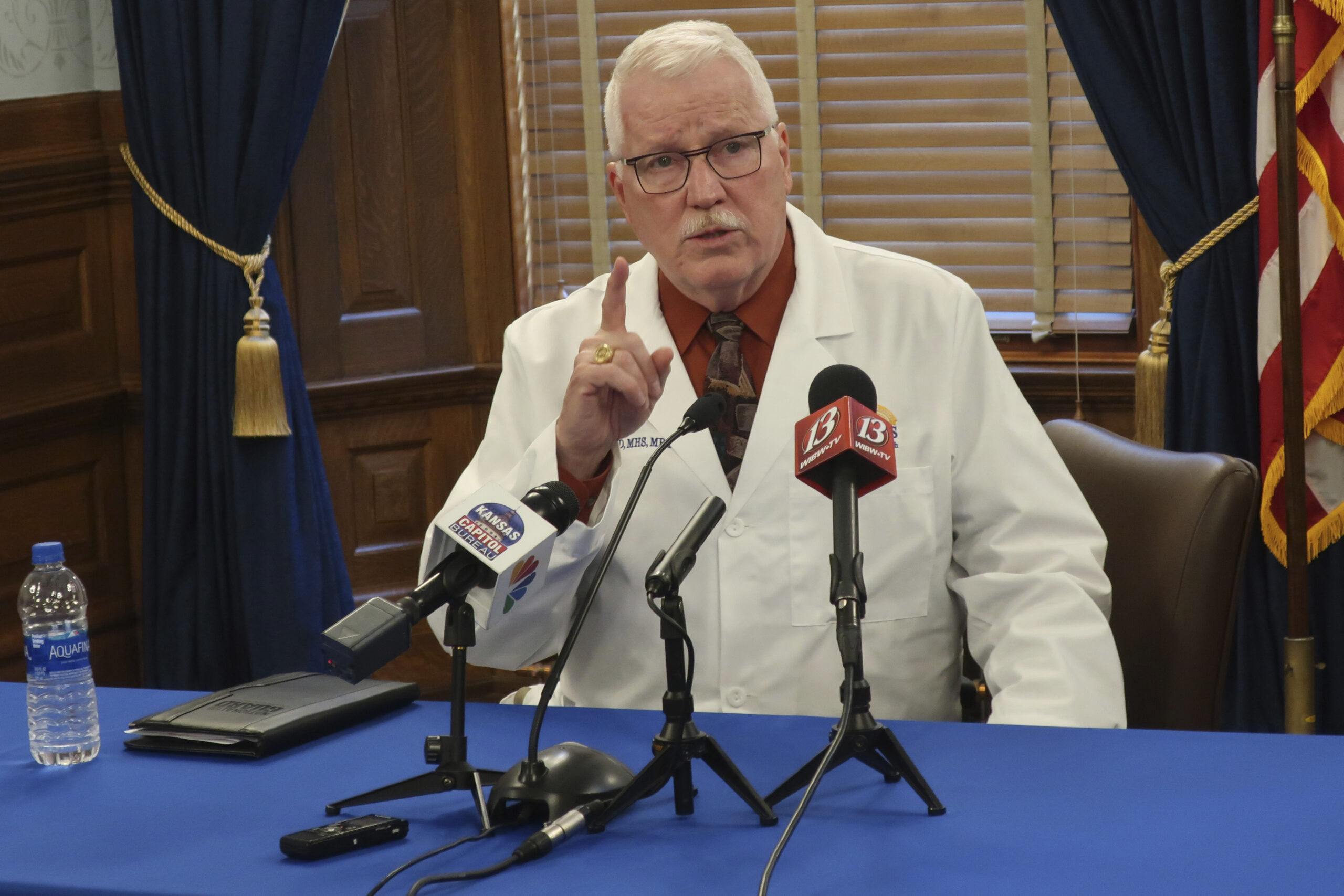As the Centers for Disease Control and Prevention is relaxing quarantine requirements under certain circumstances from 10 and 14 days to 7 and 10 days, one Kansas county is issuing 24-day quarantines.
A quarantine order from the Grant County Health Department, in Southwest Kansas, required one person to go into isolation for 24 days.
The order, which was issued on Dec. 3, but dated from November 29, says the Grant County Health Department was “informed” that the individual quarantined, (the name was redacted in the interests of privacy), had been “exposed to a patient infectious with COVID-19,” on Nov. 29.
However, the order does not specify that the exposed individual actually tested positive.
Order has conflicting information, not signed by health officer
Moreover, the order contains conflicting information.
It first states: “You must not come in contact with anybody (including at work or in school) until the full incubation period of 14 days has passed.” However, in the next paragraph, it says: “Terms of Quarantine Beginning: 11/29/2020 Ending: minimum of 24 days pending course of disease of contact and when released by the Grant County Health Department.”
Reached for comment, GCHD Administrator Toni Irvin, a registered nurse, claimed she was following Kansas Department of Health and Environment guidelines and said that if a person had a positive test, they would be ordered into a 14-day quarantine, and anyone in the home would be quarantined for an additional 10 days — apparently to start the day after the first period ended.
When asked how the department knew how many people were in the home, Irvin said GCHD has to rely on self-reporting.
Moreover, the order was not signed — as the law requires — by the Grant County Health Officer, but rather simply lists GCHD as the issuing authority.
The Sentinel reached out to Grant County Health Officer Dr. Doug Johnson for comment several days ago but as of this writing, had received no response.
The Sentinel also contacted Irvin on Monday via email with a list of questions, including whether revised quarantine orders were sent out, where the specific language permitting a cumulative quarantine was in KDHE guidance, and what steps were being taken in regards contact tracing. No response has been received.
Kansas Justice Institute Litigation Director Samuel MacRoberts raised concerns about 24-day quarantines.
“In my view, a 24-day quarantine period seems, on its face, unreasonable and inappropriate,” MacRoberts said in an email. “Kansans have the right to challenge these orders in Court. If we do not stand up for our rights, we will lose them.”
The Kansas Justice Institute — like the Sentinel, owned by Kansas Policy Institute — is a free public-interest law firm specializing in the protection of constitutional rights.
MacRoberts has worked on other cases of overreach related to COVID-19, including questionable quarantine orders at Timber Creek Elementary school in Blue Valley, an unconstitutional contact tracing order in Linn County, and attempts to shut down an appropriately socially-distanced car-cruise in Columbus, Kansas.
Private attorney Ryan Kriegshauser who, like MacRoberts, has been active in litigating quarantine issues, agreed.
“I have reviewed numerous quarantine orders and close-contact letters, challenging some of them in court,” Kriegshauser said. “This is the first time I have seen a county apply a 24-day quarantine period.
“It goes to show why the statutory 72-hour hearing requirement is so important. Someone under this order can go to court and have the county show why the quarantine period is medically necessary and reasonable. That might be difficult for the county given the length of this quarantine order.”
Indeed, on Dec. 2, one day before the 24-day order was issued, the CDC issued guidance reducing quarantine guidelines to 7 and 10 days under certain circumstances — in part specifically to increase compliance, noting: “a 14-day quarantine can impose personal burdens that may affect physical and mental health as well as cause economic hardship that may reduce compliance.”
The CDC guidelines go on to say, “the prospect of quarantine may dissuade recently diagnosed persons from naming contacts and may dissuade contacts from responding to contact tracer outreach if they perceive the length of quarantine as onerous … Reducing the length of quarantine will reduce the burden and may increase community compliance.”
Kriegshauser said 24-day quarantines are even more likely to decrease compliance than a 14-day order.
“This type of order does a disservice because it greatly disincentivizes voluntary participation,” he said. “Asymptomatic people are going to avoid testing when they know they could get slapped with almost a month under house arrest. Public health officials need to find the balance between safety and sensible policies.”



